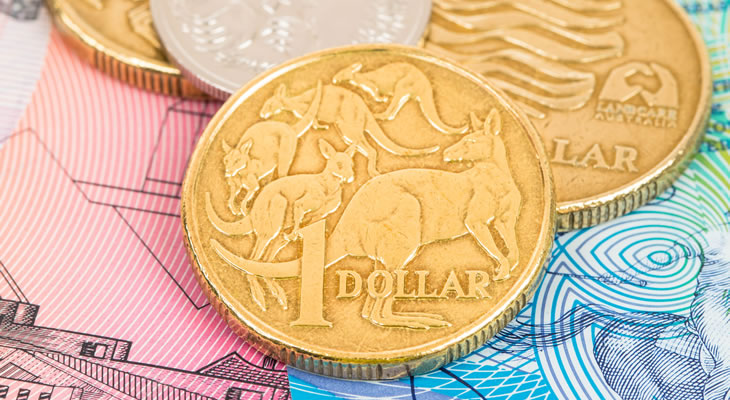Pound Australian Dollar (GBP/AUD) Exchange Rate Remains Under Pressure in spite of Consumer Confidence Uptick
A better-than-expected reading from May’s GfK consumer confidence index was not enough to encourage the Pound Sterling to Australian Dollar (GBP/AUD) exchange rate to rally ahead of the weekend.
Although the index picked up from -13 to -10, suggesting an improvement in domestic sentiment, this failed to reassure investors as Brexit-based uncertainty looks set to persist for longer.
Confidence in the outlook of the UK economy was further diminished by a surprise contraction in the Nationwide house price index, which showed a -0.2% decline in prices in May.
All in all, investors saw little incentive to buy into Pound Sterling (GBP) on Friday morning, with signs continuing to point towards a weaker economic outlook.
Even so, the downside potential of the GBP/AUD exchange rate was limited thanks to the sustained weakness of the Chinese manufacturing PMI.
As the Chinese manufacturing sector fell further into contraction territory the mood towards the commodity-correlated Australian Dollar (AUD) naturally soured.
Resilient UK PMIs Could Offer GBP/AUD Exchange Rate Boost
Demand for the Pound could improve next week if May’s raft of UK PMIs prove encouraging, showing that the economy has recovered some of its lost momentum.
However, even if the headline PMIs strengthen on the month the underlying details of the reports could still drag GBP exchange rates into a fresh downtrend.
Evidence that Brexit anxiety is continuing to weigh on the economic outlook would leave the Pound with limited support as the risk of a weaker second quarter of growth rises.
Particular focus will fall on the services PMI, given that the sector still accounts for more than three quarters of economic activity.
If the PMI moves closer to the neutral baseline of 50 and contraction territory this could weigh heavily on the GBP/AUD exchange rate.
Unless the service sector demonstrates greater signs of resilience confidence in the outlook of the UK economy looks set to remain muted at best.
Slowing First Quarter Growth Forecast to Weigh on Australian Dollar (AUD)
AUD exchange rates look vulnerable ahead of Wednesday’s first quarter gross domestic product data, meanwhile.
Forecasts point towards the headline growth rate easing from 2.3% to 1.7% on the year, giving investors fresh cause for concern.
With the Reserve Bank of Australia (RBA) already adopting a more dovish outlook, in part driven by stubbornly high unemployment figures, any fresh signs of a slowdown could see AUD exchange rates slide.
Any weakness in the quarterly figure could also weigh heavily on the Australian Dollar, as analysts at National Bank of Australia noted:
‘Given weak growth and low inflation our view is for two 25bp cash rate cuts this year, with risk of further stimulus by early 2020. Another quarter of weak growth would suggest increased risk of further stimulus.’
Unless growth betters forecasts this could offer the GBP/AUD exchange rate a solid rallying point, especially if the general sense of market risk appetite continues to deteriorate.


Comments are closed.